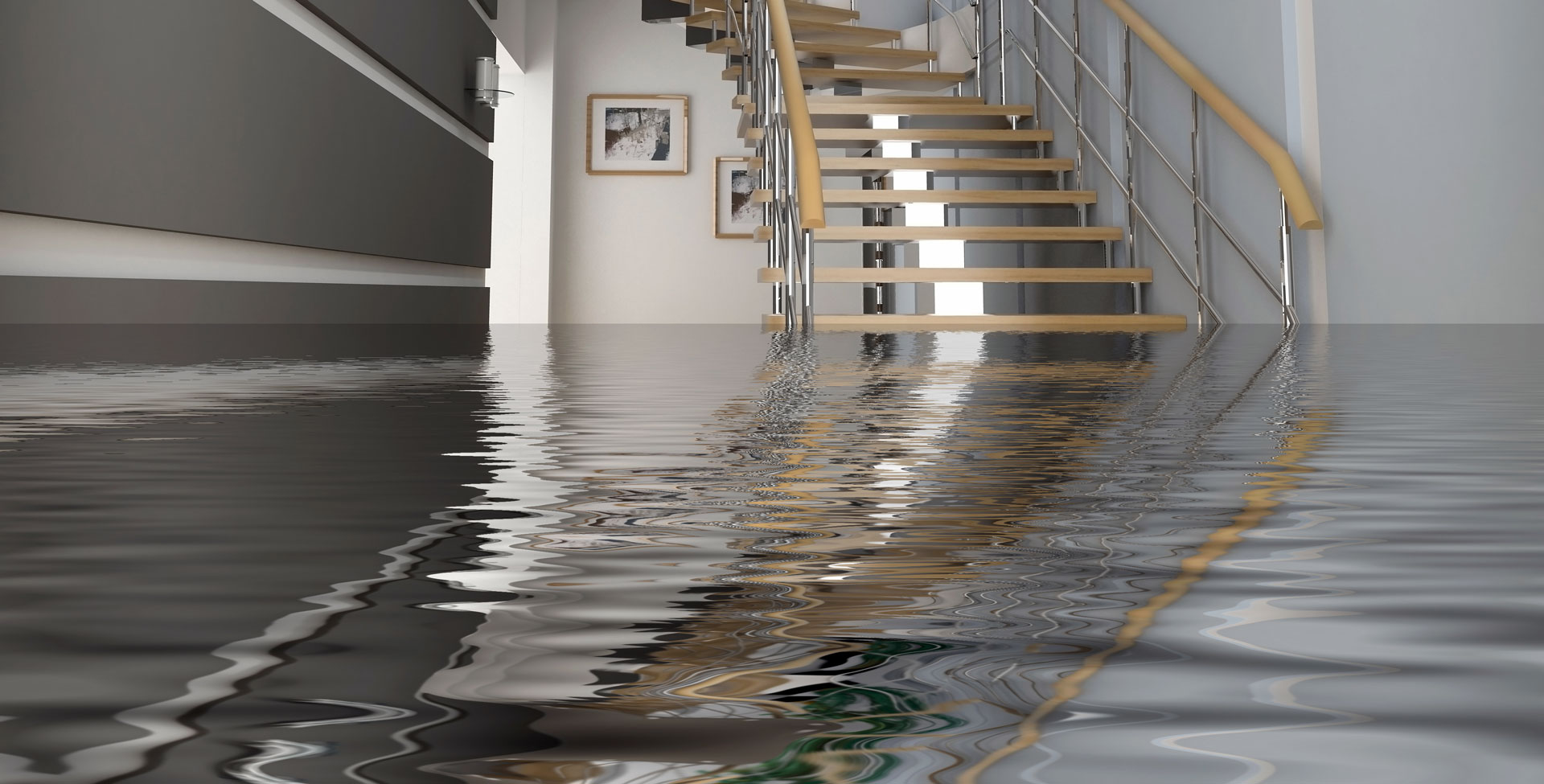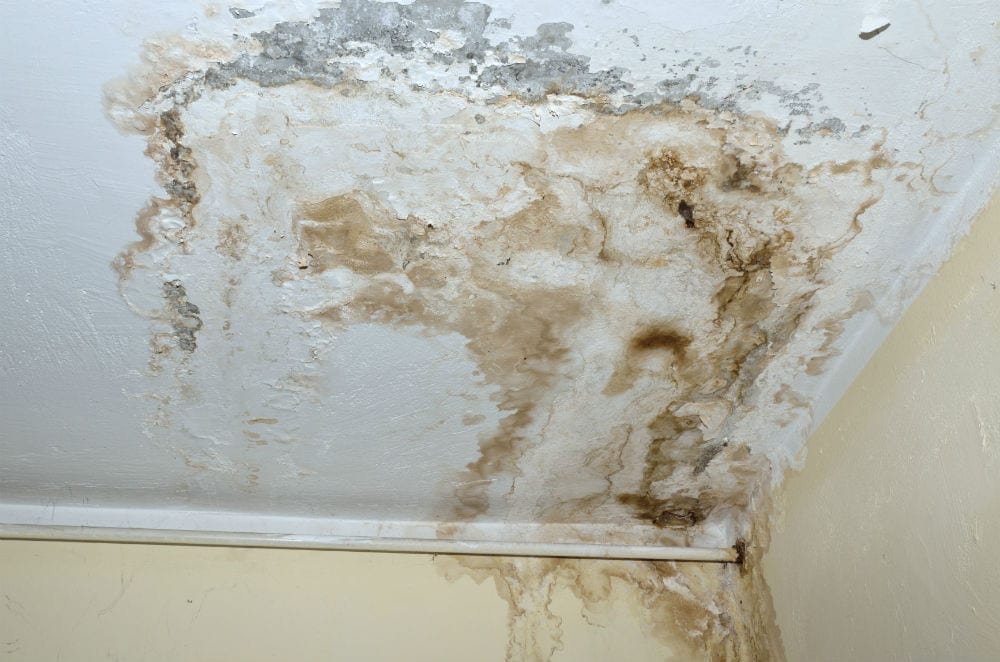6 Water Damage Reconstruction Do's and Don'ts.
6 Water Damage Reconstruction Do's and Don'ts.
Blog Article
They are making a number of good annotation on Safety Tips To Prevent Fire And Water Damage overall in the content below.

Though water gives life, water invasion on components where it's not expected to be can lead to damages. It can peel away surface areas and also erode the foundation if the water soaks right into your structure. Mold and mold also thrive in a damp atmosphere, which can be hazardous for your health and wellness. Houses with water damages scent moldy as well as old.
Water can come from numerous resources such as hurricanes, floods, burst pipes, leaks, and sewer issues. In case you experience water damages, it would certainly be great to understand some security preventative measures. Right here are a few guidelines on how to deal with water damages.
Do Prioritize House Insurance Coverage Protection
Water damage from flood dues to hefty winds is seasonal. Nonetheless, you can likewise experience a sudden flooding when a defective pipe suddenly breaks right into your home. It would be best to have residence insurance policy that covers both acts of God such as all-natural catastrophes, as well as emergency situations like damaged plumbing.
Don't Neglect to Turn Off Energies
This reduces off power to your entire home, protecting against electrical shocks when water comes in as it is a conductor. Don't fail to remember to transform off the main water line shutoff.
Do Keep Proactive and Heed Weather Condition Signals
Storm floods can be extremely uncertain. If there is a history of flooding in your community, remain ready and also aggressive. If you live near a creek, river, or lake, pay attention to evacuation warnings. Take out valuables from the ground floor as well as cellar, after that placed them on the greatest feasible degree. Doing so lowers possible home damage.
Don't Neglect the Roof
Prior to the weather condition transforms frightful, make sure you have a roofing inspection. In fact, it would certainly be prudent to get this solution annually as it can minimize complicated issues. You can prevent rain damages if there are no openings and leaks in your roof. Your roofer will also look after damaged gutters or any other signs of weakening. This will certainly stop water from flowing down your walls and saturating your ceiling.
Do Pay Attention to Little Leakages
A ruptured pipeline doesn't take place overnight. Generally, there are red flags that show you have actually deteriorated pipes in your home. You may discover gurgling paint, peeling wallpaper, water streaks, water discolorations, or dripping noises behind the wall surfaces. Eventually, this pipe will certainly break. Ideally, you must not wait on points to rise. Have your plumbing repaired before it leads to massive damage.
Do Not Panic in Case of a Ruptured Pipeline
Maintaining your presence of mind is important in a time of dilemma. Panicking will only intensify the issue due to the fact that it will certainly suppress you from acting quickly. Timing is crucial when it comes to water damages. The longer you wait, the more damage you can expect. Therefore, if a pipe bursts in your house, promptly shut down your primary water shutoff to cut off the resource. Unplug all electrical outlets in the area or turn off the circuit breaker for that component of the residence. Ultimately, call a reputable water damages repair expert for support.
Water gives life, water breach on components where it's not expected to be can result in damages. Houses with water damage scent old as well as moldy.
Water damage from flooding dues to hefty winds is seasonal. You might notice gurgling paint, peeling wallpaper, water touches, water spots, or leaking sounds behind the wall surfaces. When it comes to water damage, timing is vital.
Some Do's & Don't When Dealing with a Water Damage
DO:
Make sure the water source has been eliminated. Contact a plumber if needed. Turn off circuit breakers supplying electricity to wet areas and unplug any electronics that are on wet carpet or surfaces Remove small furniture items Remove as much excess water as possible by mopping or blotting; Use WHITE towels to blot wet carpeting Wipe water from wooden furniture after removing anything on it Remove and prop up wet upholstery cushions for even drying (check for any bleeding) Pin up curtains or furniture skirts if needed Place aluminum foil, saucers or wood blocks between furniture legs and wet carpet Turn on air conditioning for maximum drying in winter and open windows in the summer Open any drawers and cabinets affected for complete drying but do not force them open Remove any valuable art objects or paintings to a safe, dry place Open any suitcases or luggage that may have been affected to dry, preferably in sunlight Hang any fur or leather goods to dry at room temperature Punch small holes in sagging ceilings to relieve trapped water (don't forget to place pans beneath!); however, if the ceiling is sagging extremely low, stay out of the room and we'll take care of it DO NOT:
Leave wet fabrics in place; dry them as soon as possible Leave books, magazines or any other colored items on wet carpets or floor Use your household vacuum to remove water Use TV's or other electronics/appliances while standing on wet carpets or floors; especially not on wet concrete floors Turn on ceiling fixtures if the ceiling is wet Turn your heat up, unless instructed otherwise

I was made aware of that report on 5 Home Safety Tips To Reduce The Risk Of Fire And Water Damage from someone on a different web property. Liked our blog posting? Please share it. Help other people locate it. Many thanks for taking the time to read it.
Report this page